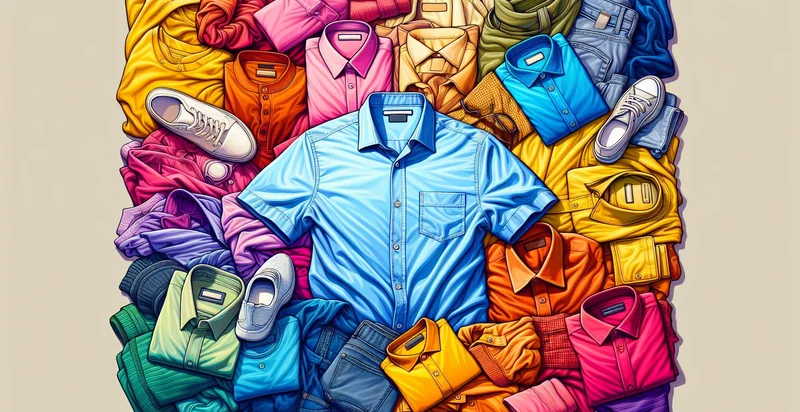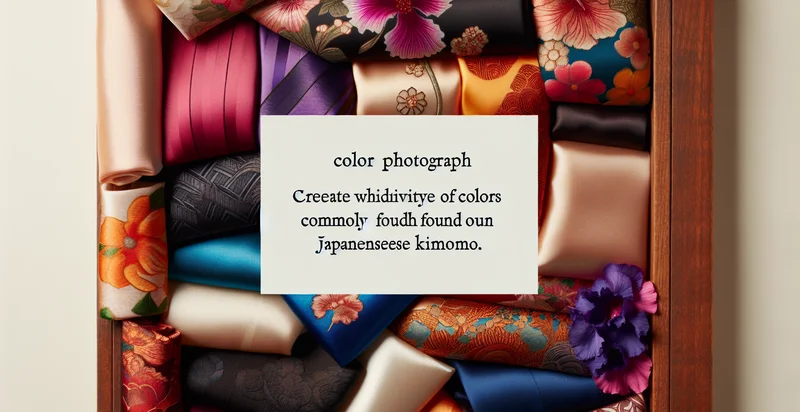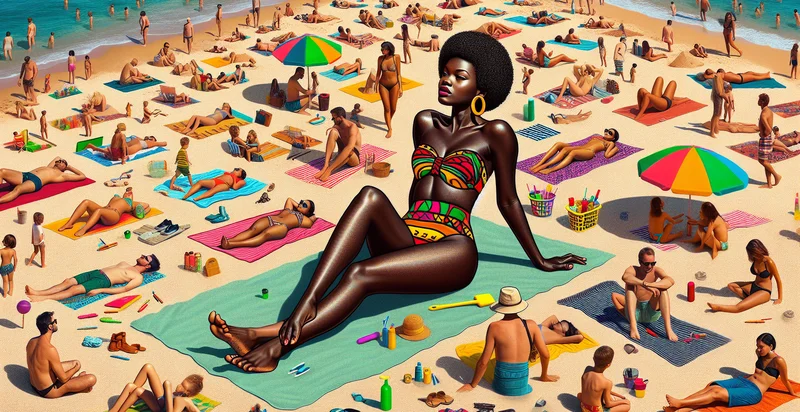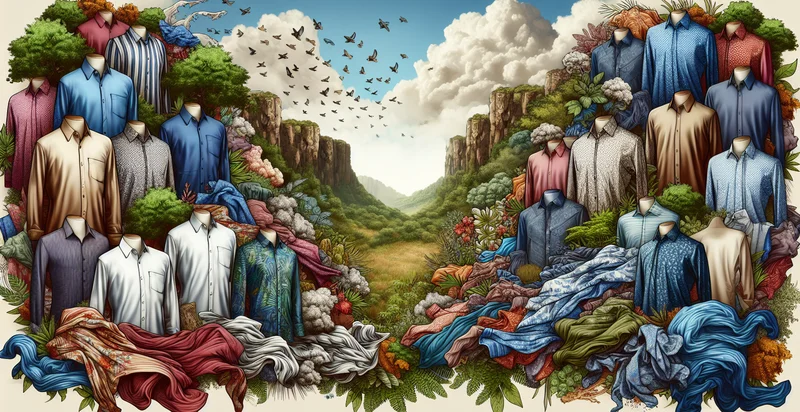Identify the color of a shirt
using AI
Below is a free classifier to identify the color of a shirt. Just upload your image, and our AI will predict what color the shirt is - in just seconds.

Contact us for API access
Or, use Nyckel to build highly-accurate custom classifiers in just minutes. No PhD required.
Get started
import nyckel
credentials = nyckel.Credentials("YOUR_CLIENT_ID", "YOUR_CLIENT_SECRET")
nyckel.invoke("the-color-of-a-shirt", "your_image_url", credentials)
fetch('https://www.nyckel.com/v1/functions/the-color-of-a-shirt/invoke', {
method: 'POST',
headers: {
'Authorization': 'Bearer ' + 'YOUR_BEARER_TOKEN',
'Content-Type': 'application/json',
},
body: JSON.stringify(
{"data": "your_image_url"}
)
})
.then(response => response.json())
.then(data => console.log(data));
curl -X POST \
-H "Content-Type: application/json" \
-H "Authorization: Bearer YOUR_BEARER_TOKEN" \
-d '{"data": "your_image_url"}' \
https://www.nyckel.com/v1/functions/the-color-of-a-shirt/invoke
How this classifier works
To start, upload your image. Our AI tool will then predict what color the shirt is.
This pretrained image model uses a Nyckel-created dataset and has 16 labels, including Beige, Black, Blue, Brown, Cyan, Gray, Green, Magenta, Multi-Color and Orange.
We'll also show a confidence score (the higher the number, the more confident the AI model is around what color the shirt is).
Whether you're just curious or building the color of a shirt detection into your application, we hope our classifier proves helpful.
Related Classifiers
Need to identify the color of a shirt at scale?
Get API or Zapier access to this classifier for free. It's perfect for:
- E-commerce Product Categorization: The false image classification function can automatically identify and categorize shirts based on color for online retail platforms. This allows retailers to streamline their inventory management, making it easier for customers to find products by filtering search results by color.
- Fashion Trend Analysis: Fashion brands can utilize the function to analyze social media and online images to identify prevalent shirt colors among influencers and consumers. This data can be leveraged to inform design choices and marketing strategies.
- Personalized Shopping Experience: Retailers can implement this function on their websites or apps to enhance personalization. By identifying the color of a shirt preferred by a user, they can recommend similar products and improve customer engagement.
- Visual Merchandising Optimization: Retail stores can use the classification function to optimize their in-store visual merchandising strategies. By understanding which shirt colors are trending, they can arrange displays that are more visually appealing and likely to attract buyers.
- Inventory Forecasting: The function can assist in predicting future inventory needs based on color trends identified in sales data. By analyzing which colors sell best, businesses can adjust their stock levels appropriately to meet customer demand.
- Targeted Marketing Campaigns: Brands can use the color identification capabilities to create targeted marketing campaigns. By understanding which colors resonate with different demographics, they can tailor their promotions and advertisements to maximize engagement.
- Quality Control in Production: Manufacturers can implement the classification function to ensure that shirts being produced match the specified color standards. This helps maintain brand consistency and quality assurance, reducing returns and enhancing customer satisfaction.


